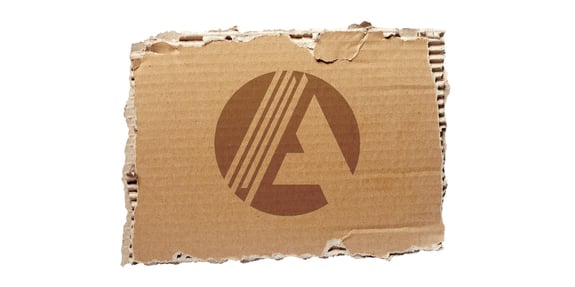Concerns about infection control arise from corrugated boxes in semi-restricted and restricted areas of the surgical suite and any other patient care area. A surveyor can cite the presence of cardboard as a deficiency during survey.
Why is cardboard a problem?
Corrugated boxes, designed for durability and strength with multiple layers of materials, serve as a reservoir for dust and provide a habitat for pests, bugs, and vermin. These cardboard shipping boxes lack decontamination methods, are stored unprotected in various areas, and may carry rodents, vermin, dirt, or pathogens when delivered on pallets from trucks. Consequently, unpacking contents from these boxes outside clean and sterile areas is imperative to prevent bugs and vermin from entering.
Furthermore, delivery workers handling items in cardboard boxes do not typically wear personal protective equipment. The shedding of dust from these boxes could spread various microorganisms throughout your facility. If the boxes get wet, they create an environment conducive to bacterial or fungal growth. Finally, cardboard cannot be sanitized; therefore, it cannot be included in your regularly scheduled environmental cleaning program. Why take the risk?
Non-corrugated boxes may be present in a patient care area as they are often made of single-layer cardboard or card stock (e.g., a box of surgical gloves), and pose fewer risks of harboring pests and bugs.
For compliance and safety, consider the following tips:
- Planning, Communication, and Education:
- Form a team to gather insights, discuss challenges, and devise solutions from various perspectives.
- Educate the team on the risks associated with corrugated cardboard/shipping boxes in semi-restricted and restricted areas. Include examples of both corrugated and non-corrugated materials for reference.
- Process Evaluation:
- Outline the current process, identifying any barriers or concerns (such as multiple entries or lack of a defined policy).
- Draw out the process and identify "hard stop" areas ("No cardboard beyond this line.").
- Communication and Awareness:
- Post signs to communicate policies and guidelines to all employees, providers, and industry representatives.
- Develop a policy specifying the best way for your facility to transfer items from a loading dock/non-restricted area, out of external shipping boxes, and into sterile storage areas.
- Documentation and Celebration:
- Document and incorporate your efforts into your annual infection control and Quality Assessment and Performance Improvement (QAPI) plan.
- Celebrate improvements achieved through these measures.
Since 1980, QUAD A (a non-profit, physician-founded and led global accreditation organization) has worked with thousands of healthcare facilities to standardize and improve the quality of healthcare they provide – believing that patient safety should always come first.


